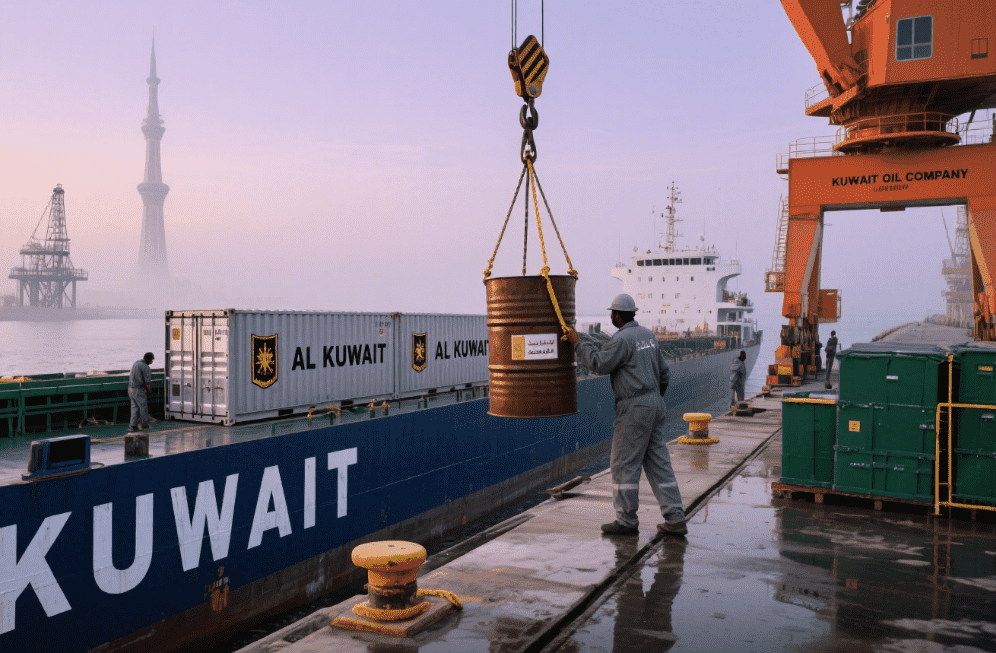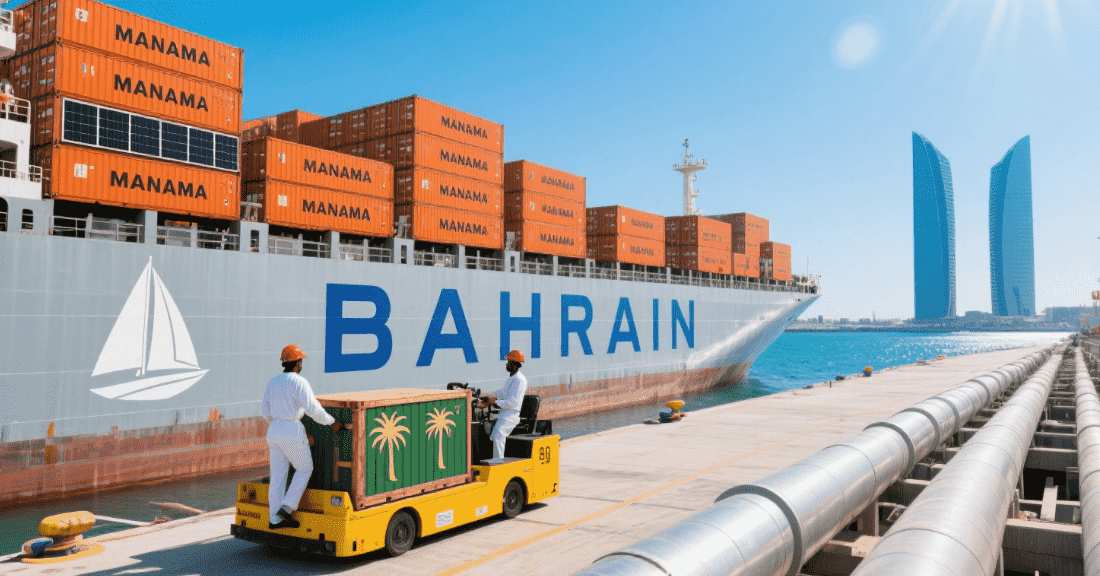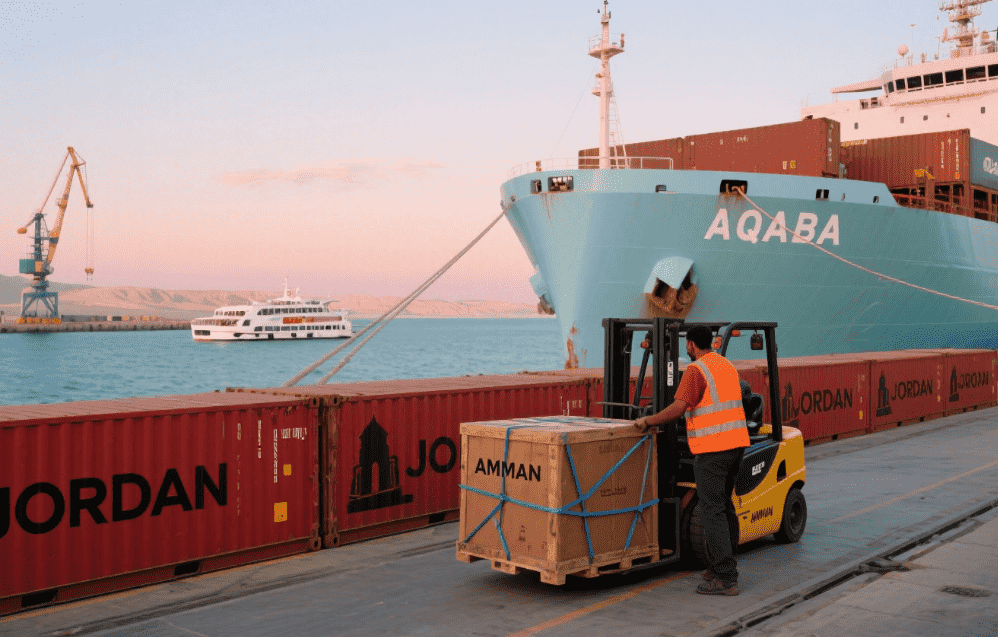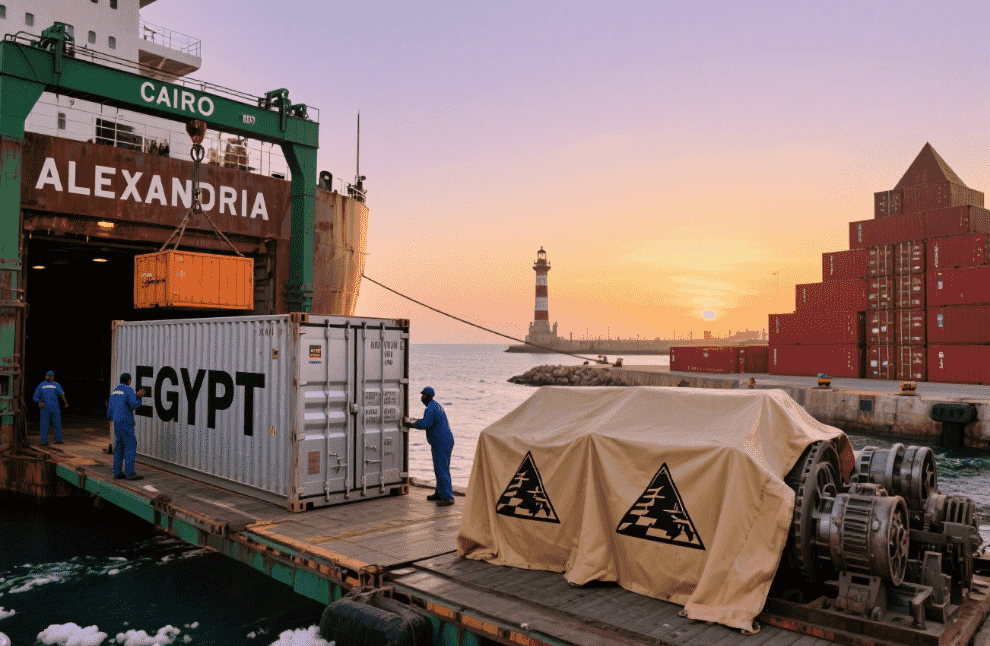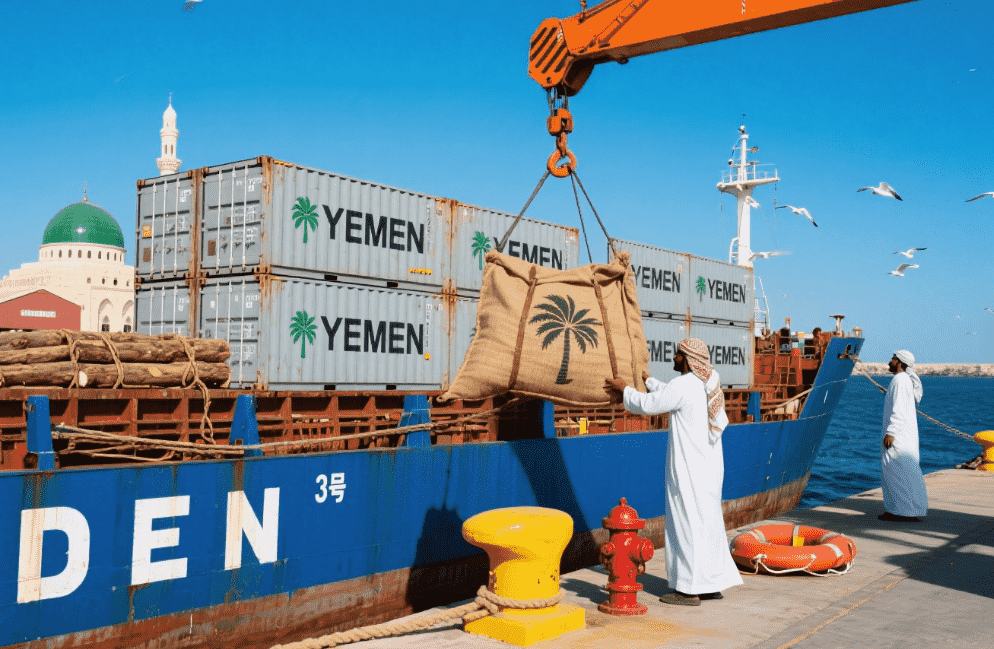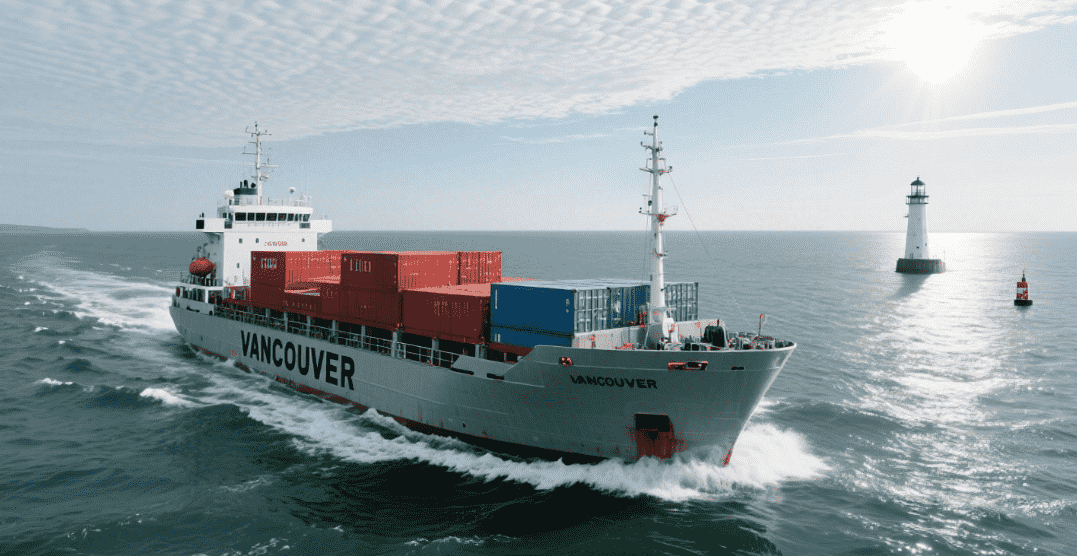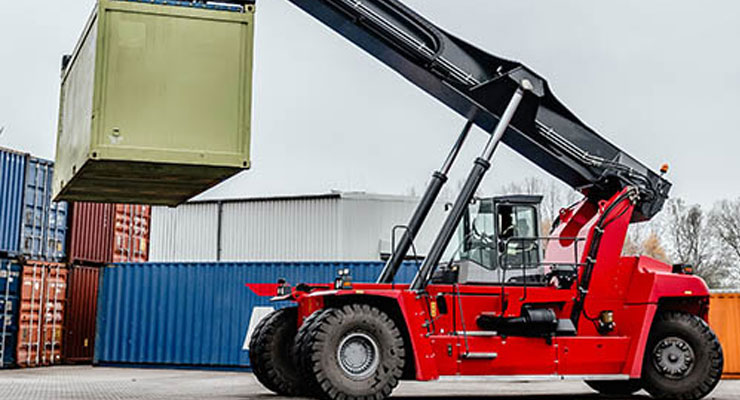
how are shipping containers loaded onto a trailer?
There are lots of different ways to load a container onto a trailer. Equipment ports will use include gantry cranes, top loaders, reach stackers and more; not all this equipment is always available, however, and some ports don’t have loading bays. The question then remains: how do you load a container onto a trailer?
The process consists of four main steps:
1. position the container in a designated area;
2. load the trailer with the necessary loading equipment;
3. secure the container with twist locks;
4. conduct a thorough safety check.
Below is a look at these in more detail.
POSITIONING THE CONTAINER
First, you must find a suitable area to begin loading. Ideally, this area should be close to the container that you’re loading onto the trailer, whether the trailer is empty or laden.
Then have the prime mover and the trailer placed in the area selected. Have a safety inspector present to facilitate the process and make sure the driver is using their mirrors and blinkers when backing into position.
Once into position, the prime mover should be set into parking gear. The trailer should also be using its parking brake and should be attached to the mover at all times. Just like when you’re in a loading bay, you should use wheel chocks for extra safety.
Enlist someone to check the mover, the trailer and the surrounding area for any obstructions. Personnel should be wearing hard hats, safety vests, shoes and other protective clothing.
loading the container onto the trailer
There are several different ways to load the container onto the trailer. Here are some of the main ones:
FORKLIFT TRUCK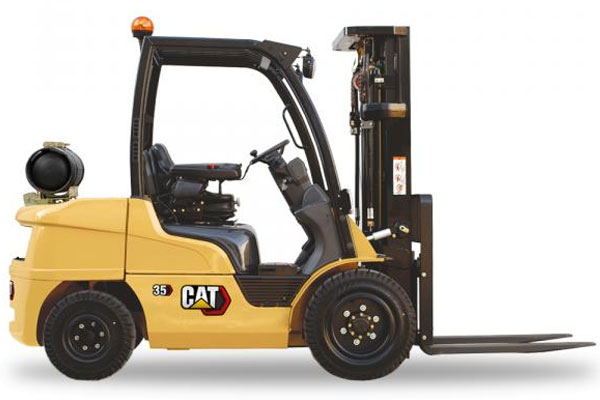
Forklifts are versatile, cost-effective and often used to lift heavy loads across short distances; however, diesel forklifts can lift containers.
The forklift driver should locate the forklift pockets on the shipping container to insert the forks. The forklift shouldn’t encounter any issues lifting the container as long as its rated capacity can accommodate the weight of the laden container.
It’s best to use fork extensions to lengthen the forklift truck’s reach. You should also check the distribution of the load is even before loading the container onto the trailer.
CONTAINER JACKS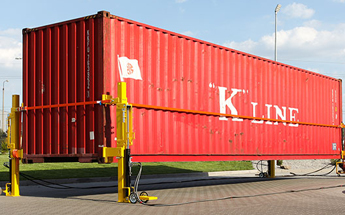
These pieces of equipment lift the container vertically through hydraulic pressure. They’re designed specially to lift containers. They work best in small yards in which space is at a premium.
The container should be on level ground before you set up container jacks. A jack goes on each container corner. It might take a few minutes before the jacks have lifted the container off the ground. You position the trailer as necessary when the container has ground clearance. Then you just lower the container onto the trailer.
SIDELOADERS
Sideloaders are trailers equipped with two lifted cranes. You’ll also see them referred to as ‘side shifters’. They can load containers from off the ground or back onto it.
To begin loading, the prime mover should park the side loader next to the container, which will either be empty or laden. Having parked the trailer, the driver should engage the stabilising legs and hook the attachments into each of the corner castings.
The hydraulic cranes will then lift the container onto the trailer. You should ensure that the surrounding area is clear and that you’re operating the side loader at a comfortable pace during this process.
TRUCK CRANES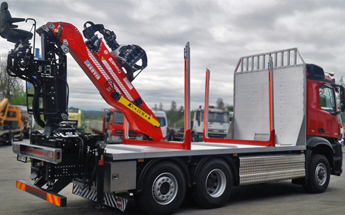
Truck cranes operate similarly to side loaders, only they have one crane, close to the truck head. You’ll also see them more on flatbed trucks, rather than on container trailers.
Once you’ve positioned the truck crane next to the container, you can deploy the outriggers to prevent the truck from tipping over. You then lash the container from each corner casting it toward the top of the container with a hook.
The crane grabs the hook to load the container onto the trailer. Remember to check the internal weight distribution of the container before you start the process.
REACH STACKER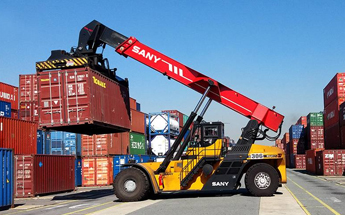
A reach stacker uses a telescopic arm to lift the container. These vehicles are designed to lift containers and can stack them approximately 2 to 4 containers high and 2 deep. You’ll often encounter reach stackers in facilities that operate a container yard, where stacking empty containers are common. If you’re going to operate a reach stacker, always make sure the prime mover and the trailer are parked securely.
TOP LOADER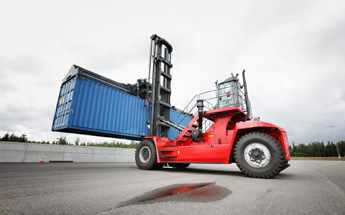
Top loaders are like reach stackers but don’t have a telescopic arm. Due to this limitation, a reach stacker can only deal with a container a row at a time; however, these vehicles have a higher stacking range of about 5 to 6 containers.
You’ll mainly encounter top loaders in the container yard of a port, although they’re not as common because of their depth limitations. You should take similar safety precautions as when using a reach stacker and make sure you’ve loaded the container safely onto the trailer.
TILT BED TRAILER
Tilt bed trailers possess a special feature that allows them to raise the section nearest to the truck head and lower the section at the back. The container can then slide onto the trailer and off it.
To load a container onto a tilt bed trailer, you must raise the container at one end so the tilt bed can position below the front section of the container. The truck then reverses and slides the container onto the tilt bed before it assumes a horizontal position.
Operating a tilt bed truck can damage the contents of a container. This makes it more advisable to use a tilt bed trailer for empty containers only.


